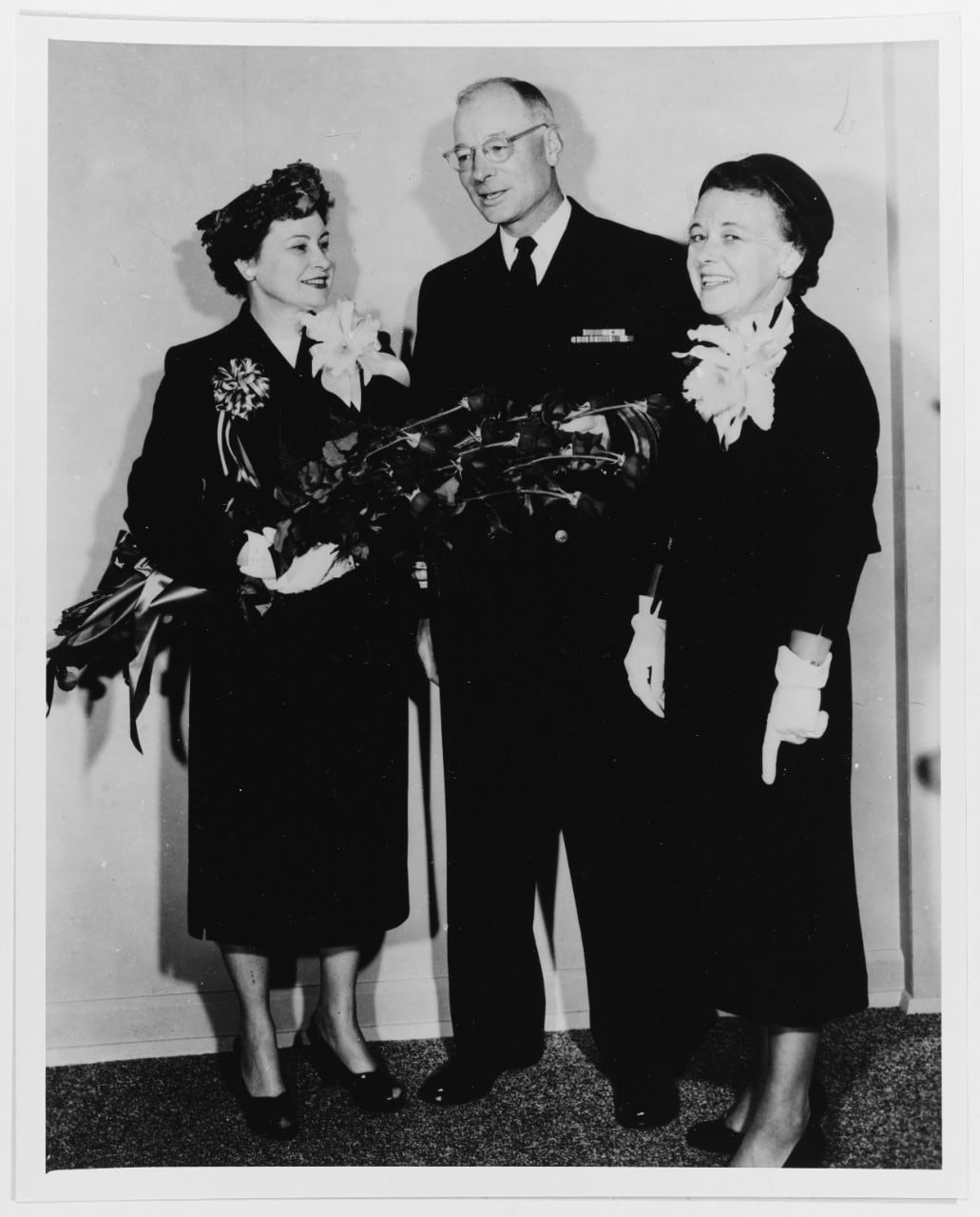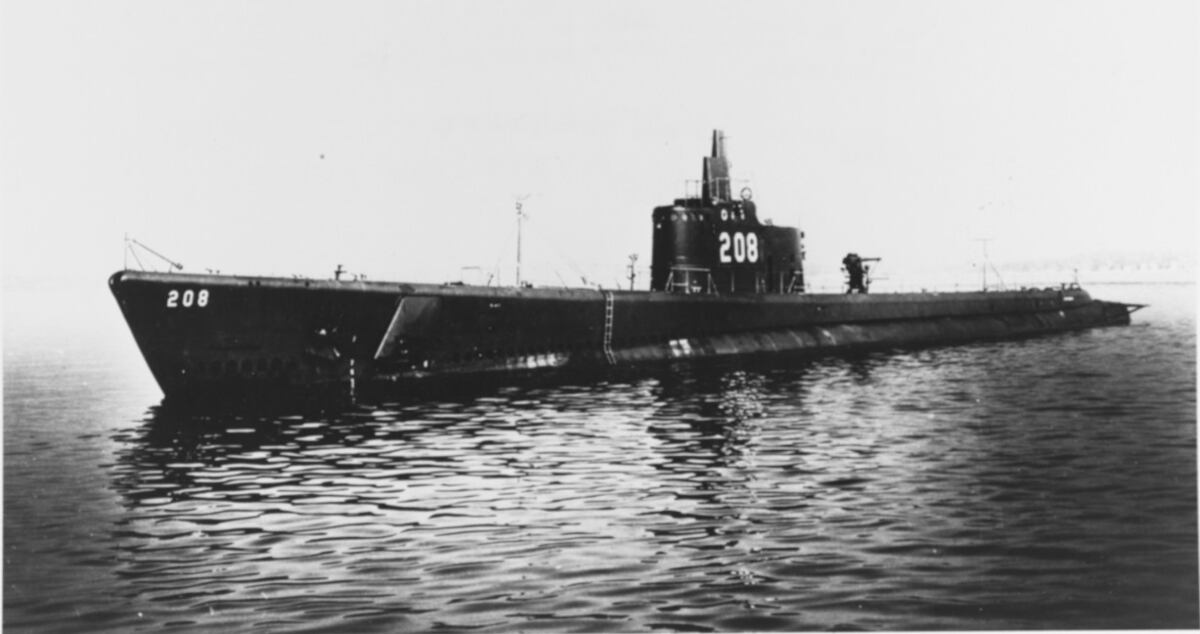NEW YORK — A team of ocean explorers say a U.S. submarine with 80 sailors on board when it disappeared in 1944 has been discovered in Japanese waters.
The “Lost 52 Project” announced Sunday that the World War II submarine Grayback was found in June after it had disappeared in February 1944 during its final combat mission.
The U.S. Navy officially verified the discovery of the submarine that was located about 50 nautical miles south of Okinawa by the group of ocean explorers.
The group says in a release that this is the 5th WWII submarine discovery for the team led by undersea explorer Tim Taylor using robotics and other underwater technological methods and vehicles.
The project’s objective is to find the 52 U.S. submarines that were lost in WWII.
Navy Times editor’s note: With eight battle stars, Grayback was one of the great boats in Navy history, credited with sinking 14 enemy vessels and 64,835 tons of shipping during World War II.
But let’s talk about Grayback’s 10th and last war patrol.
The boat left Pearl Harbor on 28 January 1944 for the East China Sea. On 19 February, Grayback attacked Japanese convoy TAPA 02, sinking the enemy army cargo ship Taikei Maru southwest of Formosa. When sister transport Toshin Maru retrieved the survivors, Grayback sank it, too.
By then, Grayback was down to two torpedoes and was ordered home. On 26 February, however, Japanese naval aircraft operating from land bases located and attacked the sub in the East China Sea, damaging the boat.
That didn’t stop Grayback from sinking the naval transport Ceylon Maru the next day. Hours later, a Japanese plane spied an American submarine operating on the surface and attacked, later reporting that the boat “exploded and sank immediately.”
Japanese antisubmarine vessels then salted the East China Sea with depth charges. Air bubbles and then a telltale trail of heavy oil gurgling to the surface seemed to mark where Grayback went on eternal patrol.
The Navy didn’t know the fate of Grayback and later mistranslated the intercepted Japanese transmissions about where a sub had been attacked, which led to decades of confusion about where it finally rested.
Grayback failed to reach Midway as expected by 7 March and was listed as overdue and presumed lost 23 days later.
On 2 July 1957, the Navy’s second Grayback (SSG-574) was launched at the Mare Island Navy Yard in Vallejo, California.
The boat’s sponsor was Mrs. John A. Moore, the widow of the first Grayback.
The lead ship in its class, Grayback was the first Navy guided-missile submarine to carry the Regulus II sea-to-surface missile.
But it soon became outdated, thanks to the advent of cheaper Polaris missiles. After nine patrols and 20 months at sea traveling more than 130,000 on strategic deterrent strike missions, it was decommissioned at Mare Island on 25 May 1964.
It was recommissioned as an amphibious transport submarine four years later (LPSS-574) and one of its missions included Operation Thunderhead in 1972, a tragic attempt by Navy SEALs to rescue American prisoners of war trying to escape North Vietnam.
It was decommissioned a dozen years later for the second time and was returned to the sea in a 13 April 1986 SINKEX.






